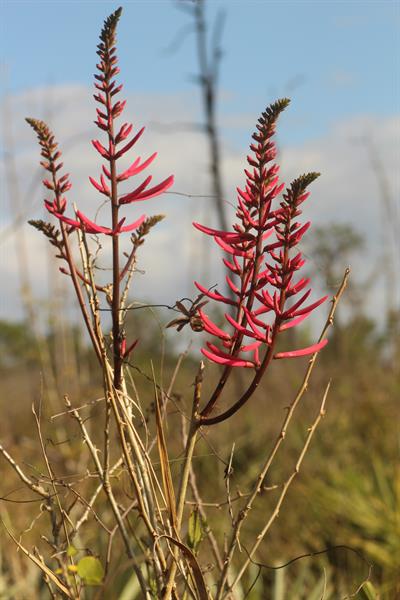
Origin/Endemic status: Endemic
Taxonomy Comments: Populations in e. Mexico (TAM, SLP) previously ascribed to this species have been described as a separate species (Nesom 2016e).
Synonymy: = FNA11.1, Nesom (2016e); > Erythrina arborea (Chapm.) Small – S, S13; < Erythrina herbacea L. – Ar, Fl3, K1, K3, K4, NcTx, RAB, SE3, Tx, WH3, Isely (1998); >< Erythrina herbacea L. – S, S13
Heliophily: 7
Hover over a shape, letter, icon, or arrow on the map for definition or see the legend.
 © Jay Horn source | Original Image ⭷
© Jay Horn source | Original Image ⭷ © Scott Ward | Original Image ⭷
© Scott Ward | Original Image ⭷ © Sonnia Hill | Original Image ⭷
© Sonnia Hill | Original Image ⭷ © Keith Bradley | Original Image ⭷
© Keith Bradley | Original Image ⭷ © Aidan Campos source | Original Image ⭷
© Aidan Campos source | Original Image ⭷ © Sonnia Hill | Original Image ⭷
© Sonnia Hill | Original Image ⭷ © Sonnia Hill | Original Image ⭷
© Sonnia Hill | Original Image ⭷ © Sonnia Hill | Original Image ⭷
© Sonnia Hill | Original Image ⭷Feedback
See something wrong or missing on about Erythrina herbacea? Let us know here: (Please include your name and email if at all complicated so we can clarify if needed.)
Cite as...